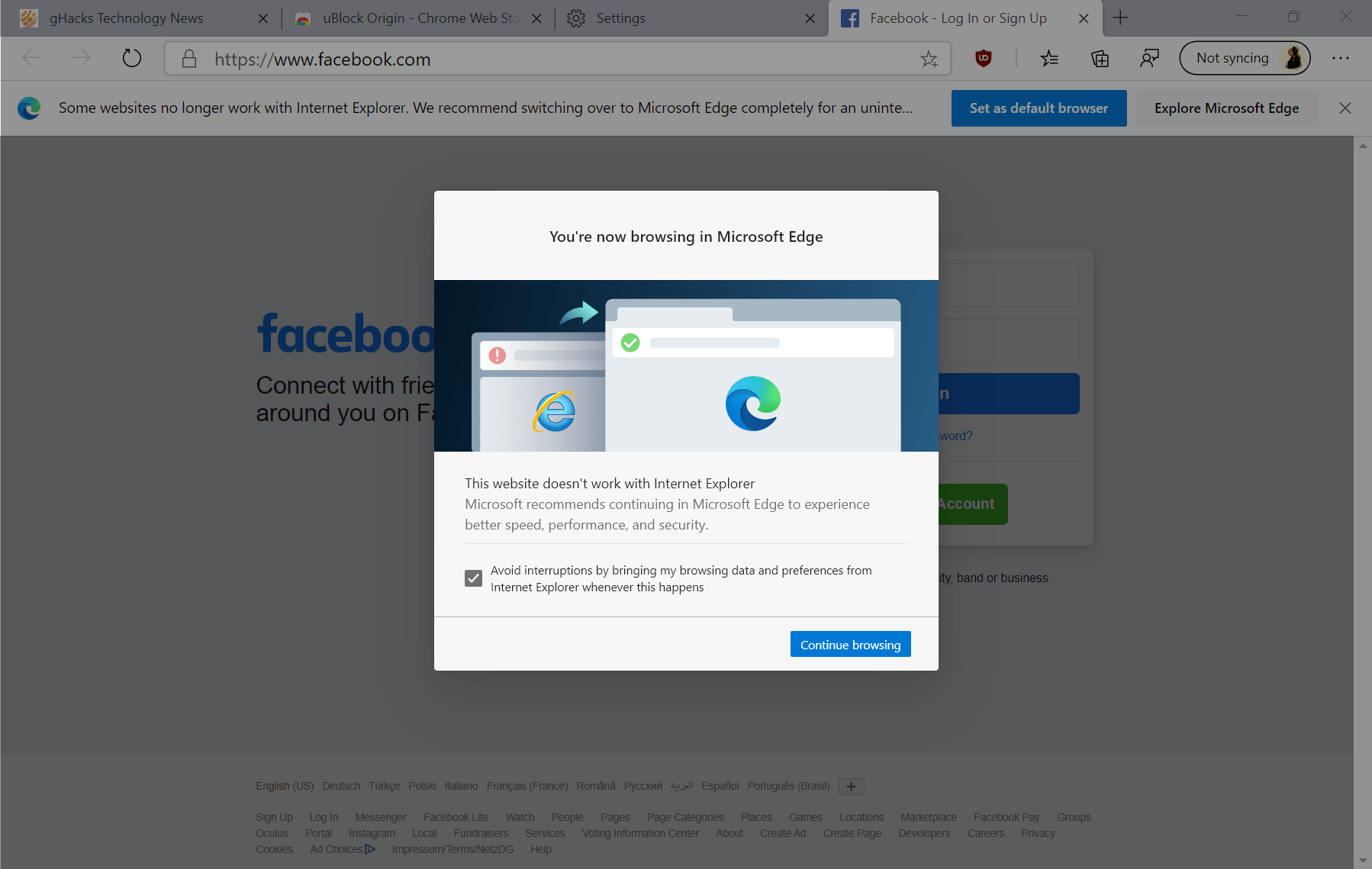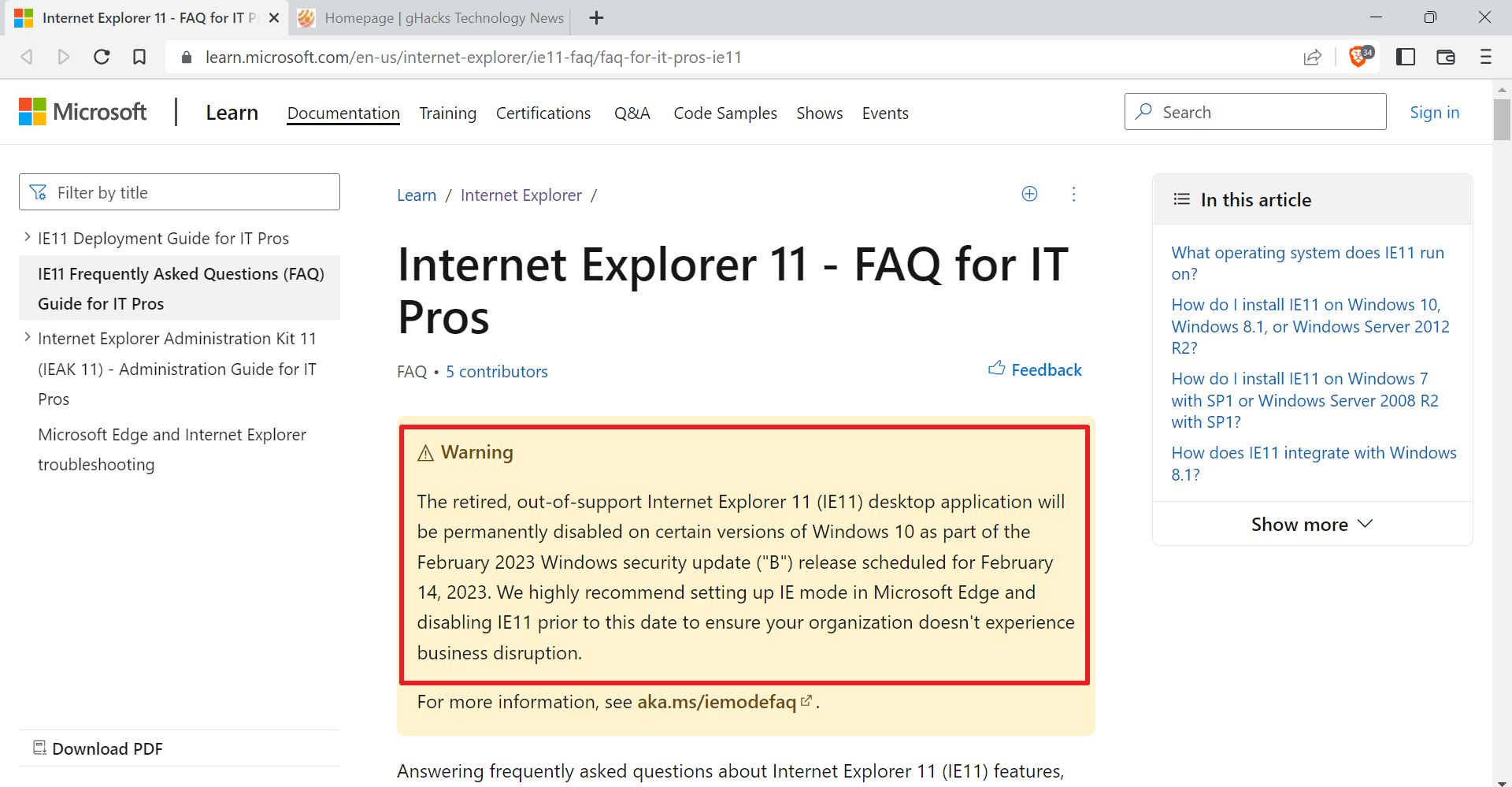Fix Slow Internet Explorer 7 Phishing Filter Response Times
Microsoft introduced a phishing filter in Internet Explorer 7 which checks every website the user visits with a remote database to prevent that phishing websites get accessed. Phishing websites are fake websites that look like a popular website but have the purpose to record credit card information and login credentials of a user for criminal activities. Phishing often originates from emails that imitate emails from legitimate web services to lure users into clicking on links or double-clicking on email attachments.
The phishing filter of Internet Explorer 7 is therefor a layer of defense against Internet crime and should not be deactivated. Users can on the other hand experience serious computer slowdowns when the phishing filter is checking websites the browser connects to.
This is usually caused by websites who make use of many frames but can also happen if you have been on a website before that used a lot of frames.
Microsoft has provided security updates for Internet Explorer 7 that fix this issue. The security patch can be downloaded at the official Knowledgebase article or Windows Updates.
I would also like to mention that this fix has been in existence for almost a year and that it is important to install security updates for Internet Explorer and Windows regularly.
Update: Please note that all versions of Internet Explorer from version 7 onwards include a phishing filter to protect users of the browser against these types of attack.
If you are still running Internet Explore 7, it is highly suggested to update the browser to the latest version available for the Windows version that you are using. If you are using Windows XP, the latest version is Internet Explorer 8. Windows Vista users can download and use Internet Explorer 9, while Windows 7 users can upgrade to Internet Explorer 10 instead.
Check out our Internet Explorer download overview for links to the latest version for your operating system.
Advertisement














I don’t think so that depend on Phishing filter.
Misleading to a reader who assumes the free download includes fixing the problems!! (FREE)
Use OpenDNS instead. It’s got a built-in phishing filter.